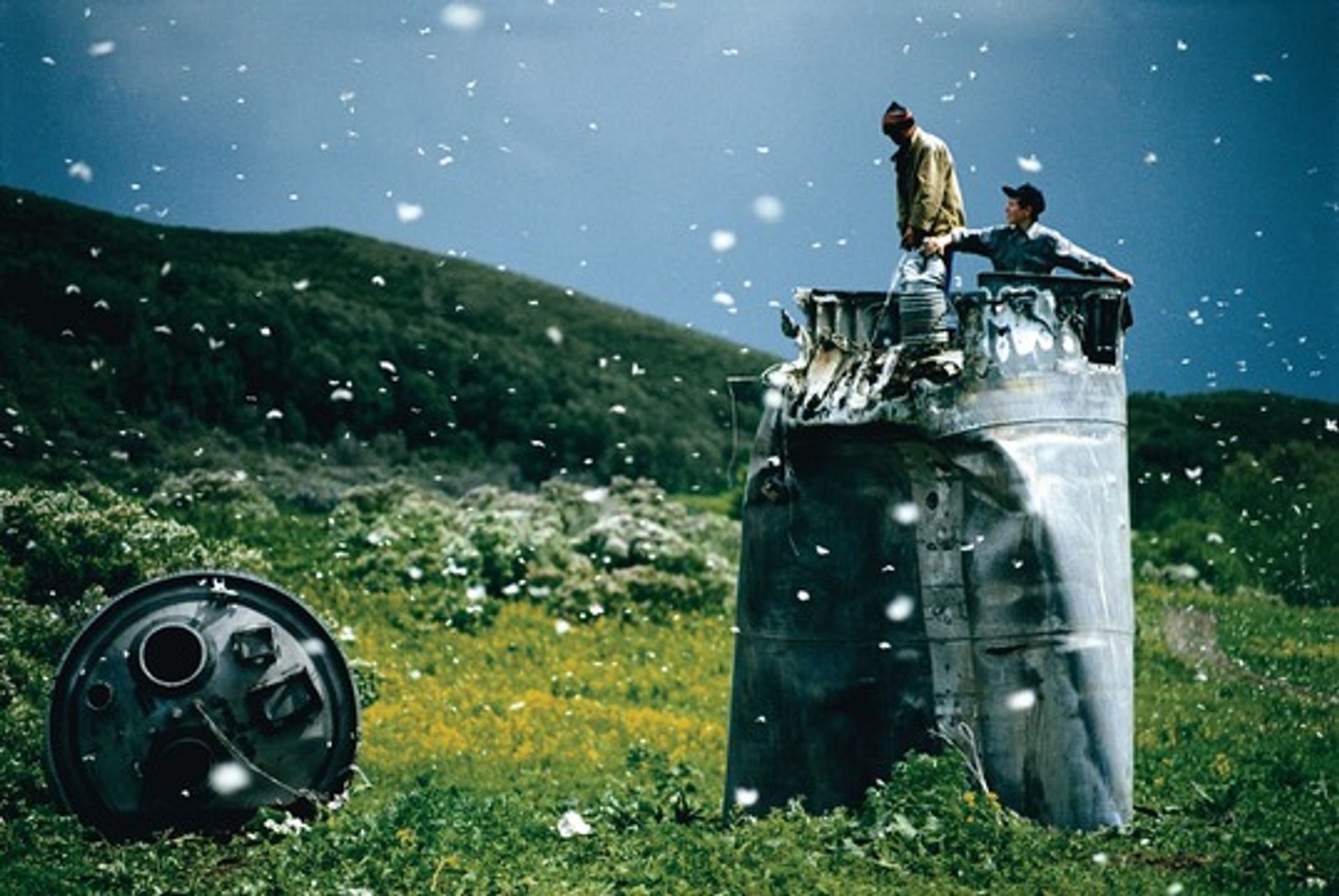It is the most famous photography agency in the world. Just the name—Magnum—conjures up images that echo back to its founding in 1947 by a group including Henri Cartier-Bresson and Robert Capa. Risk-taking, excellence, machismo, glamour—and of course, champagne. Being invited to join still makes any photographer a member of the ultimate club.
To celebrate the agency’s 70th anniversary, the International Center of Photography in New York (ICP) is hosting a major exhibition. The result of five years of research in Magnum’s archives and beyond, the show will include 250 photographs alongside many of the magazines, newspapers, even corporate reports, in which the pictures appeared. The rediscovery and restoration of Charles Harbutt’s “picture bandit”—a slot machine he used to randomly generate groups of three images for the 1969 group exhibition America in Crisis at the Riverside Museum in New York—is just one highlight.
The show is organised by Clément Chéroux, senior curator of photography at the San Francisco Museum of Modern Art, along with Pauline Vermare, associate curator at the ICP, and the independent expert Clara Bouveresse.
The show confirms a number of myths. Magnum’s membership is still largely white and male—only 12 of its 91 members (70 are living) are women—although this is changing. “The agency is a hotbed of egos,” Chéroux says, and much has been written about the disputes that periodically rock it. But such creative tension “shows the agency is still alive”, Bouveresse says.
The show and catalogue put the agency’s work in the context of wider world events across three historical periods (1947-68, 1969-89 and 1990-present) that have shaped the agency and the public’s reception of its work.
The show will travel to the Ara Pacis Museum in Rome in February 2018 and C/O Berlin the following May.

Jonas Bendiksen’s Satellites: Villagers Collecting Scrap from a Crashed Spacecraft, Altai Territory (2000) (Photo: © Bendiksen/Magnum Photos)
Jonas Bendiksen’s Satellites: Villagers Collecting Scrap from a Crashed Spacecraft, Altai Territory (2000)
Magnum is a self-selecting club. Prospective candidates are first nominated and, if confirmed, become members in a process that takes around four years. Jonas Bendiksen, a Norwegian photographer born in 1977, was nominated in 2004 and became a full member in 2008. He started as an intern in the agency’s London office but moved to Russia in 1998. Over the next seven years, he began exploring some of the numerous states—Abkhazia, Transnistria, Nagorno-Karabakh—created after the breakup of the Soviet Union. This photograph was taken in the southern Siberian state of the Altai territory. It shows a crashed Russian spacecraft surrounded by a cloud of butterflies. While villagers examined the wreckage for scrap, environmentalists worried about the impact of rocket fuel in the wilderness. The image is an unsettling mix of magic and menace.
• Magnum Manifesto, International Center of Photography, New York, 26 May-3 September

